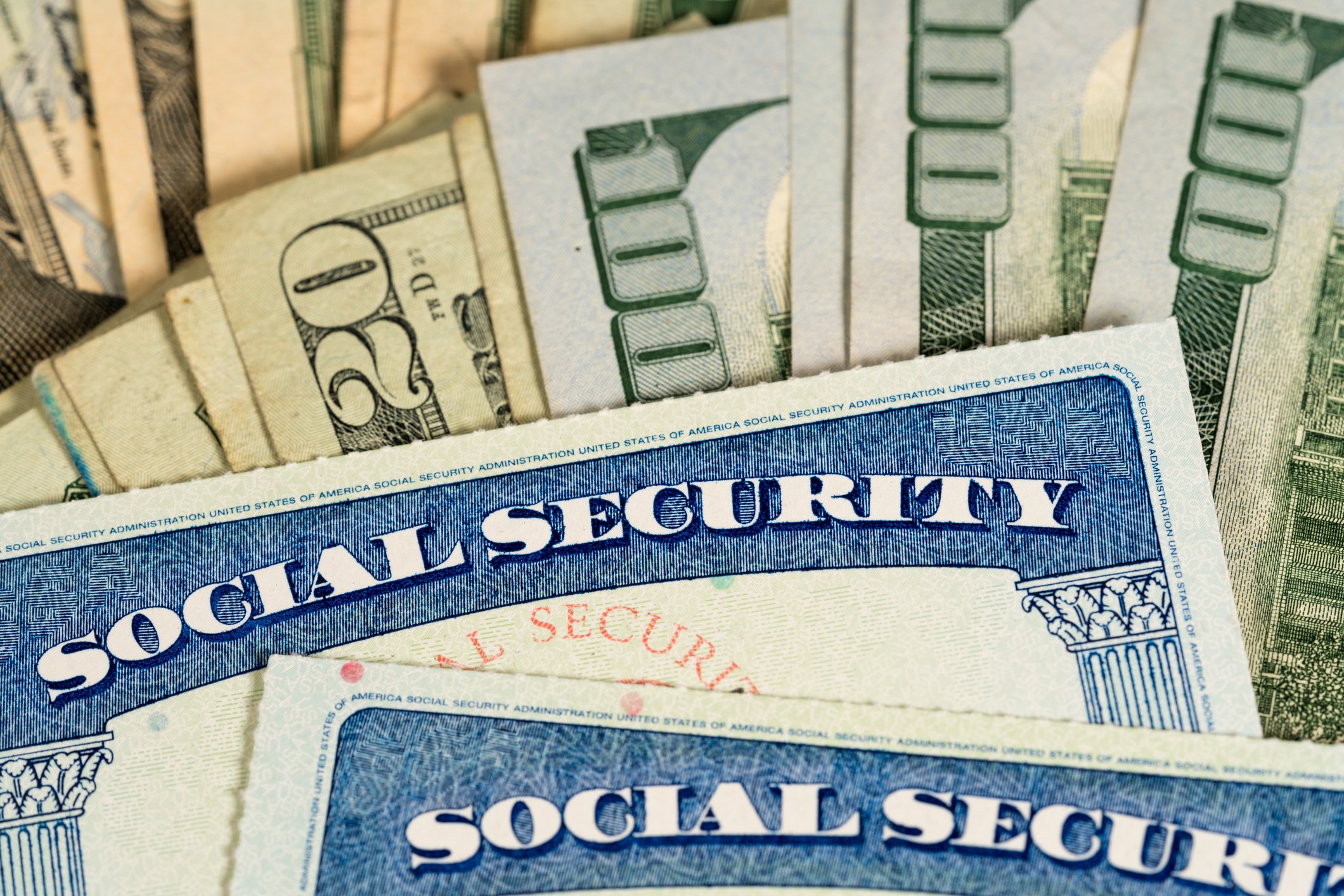Though many folks look forward to retirement, for others, it's nothing more than a glaring source of stress. In fact, 21% of workers feel that no matter what they do, they'll never actually be ready to retire, according to a recent Nationwide survey.
When asked why they felt retirement was out of reach, the top reasons included high healthcare costs, the inability to keep up with inflation, and the fear of outliving savings. The good news, however, is that these are all issues workers can plan for and overcome.
1. Affording healthcare in retirement
Along with housing, healthcare tends to rank as seniors' greatest expense. It's also likely to cost more during retirement than ever before, since Medicare's scope of coverage is limited and aging tends to bring health issues to a head. Getting educated on what healthcare is likely to cost, however, can help you better plan for it.

IMAGE SOURCE: GETTY IMAGES.
Currently, the typical 65-year-old man who lives an average lifespan is expected to spend $189,687 in today's dollars to cover his medical costs in retirement outside of long-term care. Meanwhile, the typical 65-year-old woman will spend $214,565, since females tend to live longer. You can absorb these costs by boosting your savings in your retirement plan or saving in a health savings account (HSA) if you're eligible.
You can also be strategic about maximizing your Medicare benefits. Signing up on time, for example, will save you money on your premium costs in the long run, while taking advantage of the program's free preventive health services will help keep your medical bills down.
Finally, securing long-term care insurance could protect you from the otherwise astronomical costs many seniors ultimately face. The best time to apply for a long-term care policy is around age 60, assuming you're in good health, and the sooner you get the ball rolling, the more likely you are to not only get approved but snag a long-term discount on your premiums.
2. Keeping pace with inflation
Because the general cost of living tends to rise over time, a dollar today is worth less than a dollar 10 years from now. That's why it's crucial to invest your retirement savings in a manner that leads to substantial growth, and in this regard, the stock market is generally your best bet.
The younger you are, the more comfortable you should be putting the bulk of your savings into stocks. As retirement nears, you'll want to shift toward less-risky investments, like bonds, all the while retaining some stocks in your portfolio for continued growth. Keep in mind that while the general rate of inflation has generally hovered around 3%, the stock market has returned an average of roughly 9% annually over the past 100 years. Therefore, if you load up on stocks, you're likely to outpace inflation and then some.
In fact, let's say you were to set aside $500 a month in a retirement plan over a 40-year period. Let's also be slightly conservative and assume your investments will generate an average annual 7% return during that time (keeping in mind that your portfolio won't necessarily be 100% stocks). By the time your golden years roll around, you'll have around $1.2 million to work with.
3. Not running out of money
Running out of money in retirement is such a major concern that 60% of baby boomers are more afraid of outliving their savings than of actually dying. A good way to avoid that fate, however, is to implement the 4% rule.
The 4% rule states that if you begin by withdrawing 4% of your nest egg's value during your first year of retirement and then adjust subsequent withdrawals for inflation, your savings should, in theory, last for three decades. It's not a perfect rule, but it can help you devise a withdrawal strategy that avoids a scenario in which your savings are depleted prematurely.
Let's say you enter retirement with $1 million. As per the 4% rule, you'd start by removing $40,000 to utilize during your first year of postwork life and then tweak that figure accordingly to continue keeping pace with inflation. If you happen to retire at a particularly early age or during a market downturn, you'll generally want to start with a more conservative withdrawal rate -- say, 2%. The point, however, is that if you put some thought into how you'll spend down your nest egg, there's a good chance your money will be there for you when you need it.
Retirement is a milestone you deserve to enjoy, especially when you've worked hard all your life. If you educate yourself on healthcare costs, invest wisely, and develop a smart savings withdrawal strategy, you'll mitigate several of the top fears that might be causing you to write off retirement completely.





